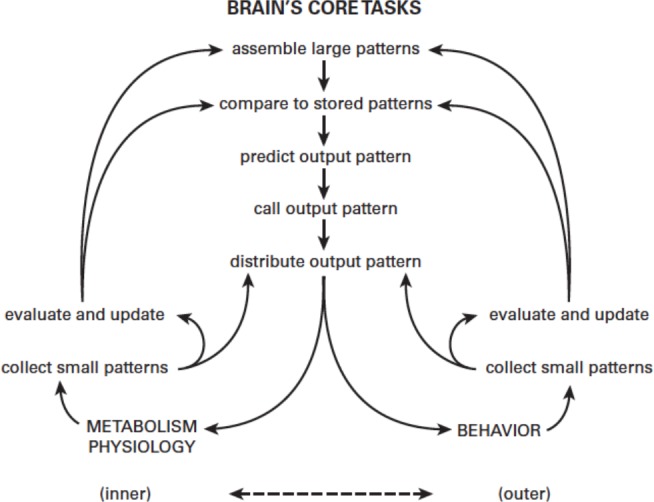Figure 1. Predictive regulation (allostasis).

The brain’s fundamental challenge is to match the inner needs of metabolism and physiology (bottom left) with the outer needs of behavior. Small input patterns directly drive low-level output mechanisms to produce a rapid response (known as a 'reflex'). Small input patterns are also processed and combined to form larger input patterns that allow informed decisions to be made (for example, if gut is empty, send blood from gut to muscle; otherwise, send blood from kidney to muscle). The brain compares these larger input patterns to stored patterns for historical context (what happened last time?) before deciding on a course of action. The list on the top right shows innate needs served by predictive regulation in the earliest bilaterians, exemplified by Platynereis; H. sapiens has additional innate needs (bottom right). However, both species use the same 'choosing circuit' (which learns by reinforcement of positive reward-prediction errors).
© 2015 MIT Press
Figure 1 reprinted from Sterling and Laughlin, 2015 with permission.
